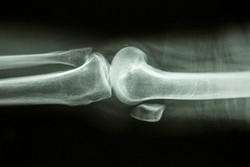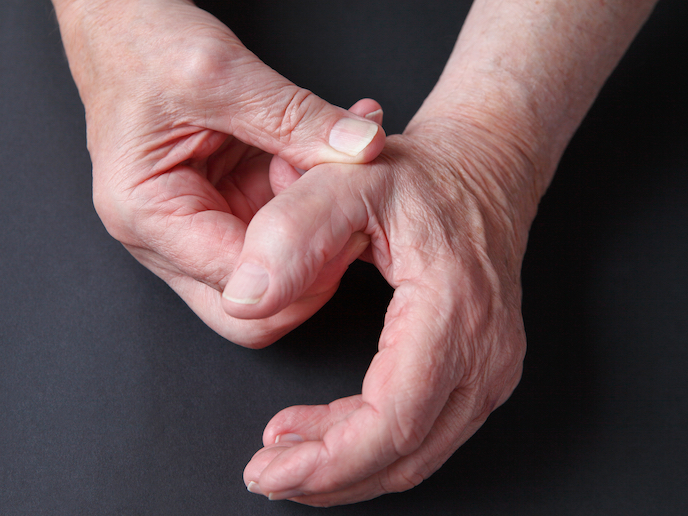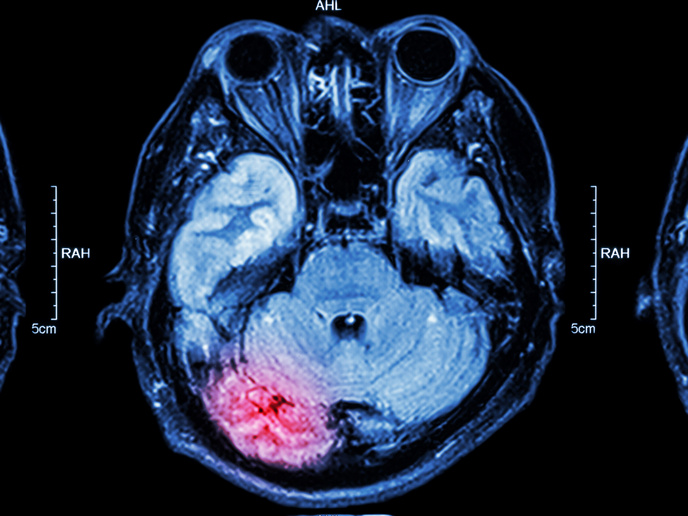Engineering bone
More than 1 million people every year in Europe undergo bone transplantation. Autologous bone grafting is desirable for most procedures, but it is associated with complications and hampered by the limited availability of materials. Researchers on the project REBORNE(opens in new window) (Regenerating bone defects using new biomedical engineering approaches) looked at mesenchymal stem cells found in the bone marrow. Notorious for their capacity to differentiate into osteoblasts, these cells eventually produce bone. The consortium tested different sources of MSCs — namely, bone marrow, adipose tissue and umbilical cord blood — for their capacity to form bone in biomimetic scaffolds. Following extensive screening in animals for safety and efficacy, the use of scaffolds made of calcium phosphate ceramic or hydrogels were used as synthetic bone substitutes. The selected materials supported the attachment, growth and differentiation of MSCs into osteoblasts. For clinical use, MSCs were cultured in conditions free of animal products. Instead, platelet lysate derivatives from human blood were used. Alternative methods entailing the injection of cultured autologous MSCs in necrotic areas of the femoral head were also explored. In total, five clinical trials were approved and conducted in different EU countries to treat fractures in long bones, osteonecrosis of the femoral head and for bone augmentation prior to dental implants. A first, REBORNE has demonstrated the safety and efficacy of MSCs and biomaterials to regenerate bone in clinical trials that included cleft palate surgery in children. Results were disseminated via 34 publications in high impact journals, eight workshops, 190 communications in major scientific conferences and the media. Commercial partners have successfully obtained CE certification for three new products and a spin-off of the University has been created. Moreover, in Germany, France, Italy and Spain the production and quality controls of cell therapy products has been standardised. These novel synthetic bone approaches offer patients requiring orthopaedic or maxillofacial surgery a new, promising reality. As it overcomes conventional surgery limitations, it could also be extended to the regeneration of other tissues.







